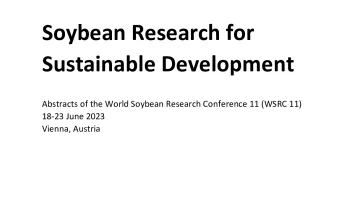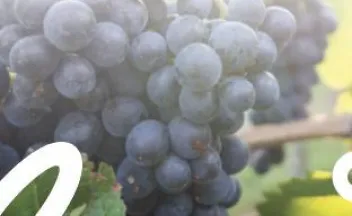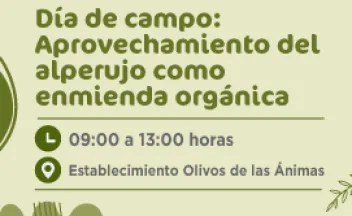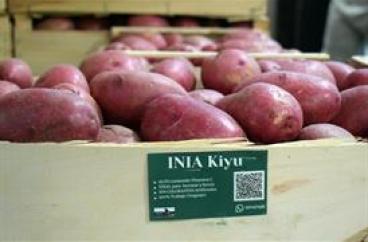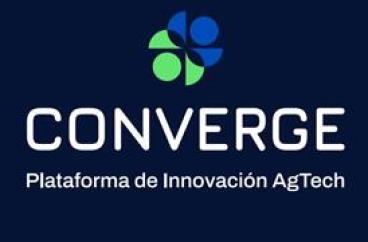Assessment of grain quality traits in a Chinese soybean diversity panel. [abstract].

Soybean grain quality with high protein and oil content is in high demand by domestic and international markets. The National Agricultural Research Institute of Uruguay (INIA) soybean breeding program aims to develop varieties that can meet those requirements.

